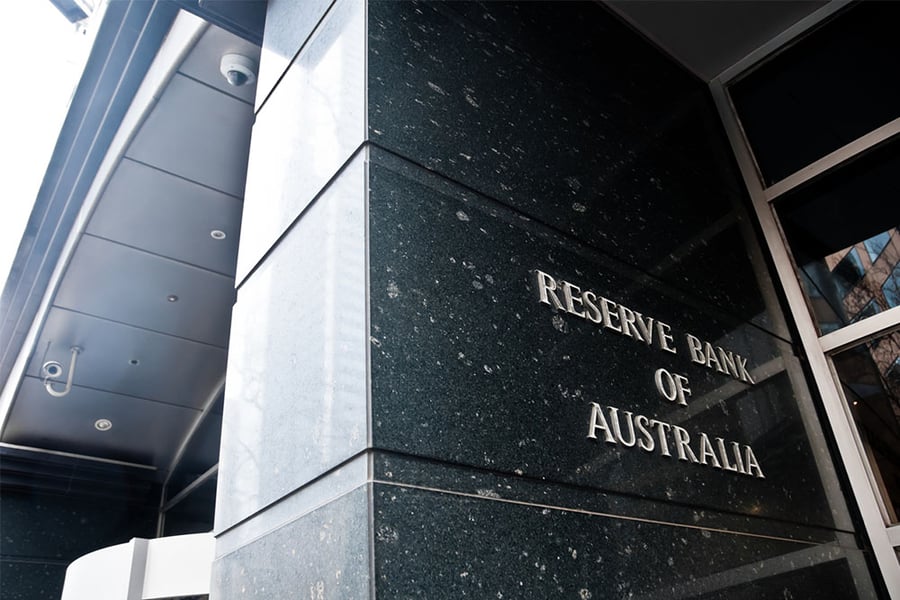Vaccine developments have played a part in the board's decision

It has come as no surprise to the banking and finance industry that the Reserve Bank of Australia has kept the current cash rate at 0.1%. In a statement, RBA governor Philip Lowe said that while recent vaccine developments have improved the outlook for the global economy, the path to Australia’s economic recovery depends, not only on the health situation as it unfolds, but also on “significant fiscal and monetary support.”
“Inflation remains low and below central bank targets,” he said, adding that while unemployment has seen a welcome decline to 6.6%, it still remains higher than it has been for the past two decades.
“While it is expected to decline, the central scenario is for unemployment to be around 6 per cent at the end of this year and 5½ per cent at the end of 2022,” he added. “Wage and price pressures remain subdued. The CPI increased by just 0.9 over the year to the December quarter and wages (as measured by the Wage Price Index) are increasing at the slowest rate on record.
“Both inflation and wages growth are expected to pick up, but to do so only gradually, with both remaining below 2 per cent over the next couple of years. In underlying terms, inflation is expected to be 1¼ per cent over 2021 and 1½ per cent over 2022.”
Read more: RBA policy will push house prices up through 2022 – poll
Lowe explained that the board examined both upside and downside scenarios related to COVID-19 and the rollout of vaccines. It found that while “disappointing news on the health front would delay the recovery and the expected progress on reducing unemployment,” positive vaccine outcomes could actually boost consumer spending and investment, which would lead to better growth than currently expected.
“An important near-term issue is how households and businesses adjust to the tapering of some of the COVID support measures and to what extent they will use their stronger balance sheets to support spending,” he said. “Financial conditions remain highly accommodative, with lending rates for most borrowers at record lows and asset prices, including housing prices, mostly increasing. Housing credit growth to owner-occupiers has picked up recently, but investor and business credit growth remain weak.
“The Board remains committed to maintaining highly supportive monetary conditions until its goals are achieved. Given the current outlook for inflation and jobs, this is still some way off. The current monetary policy settings are continuing to help the economy by lowering financing costs for borrowers, contributing to a lower exchange rate than otherwise, supporting the supply of credit needed for the recovery and supporting household and business balance sheets. The decision to extend the bond purchase program will ensure a continuation of this monetary support.”
Lowe reiterated that the RBA would not increase the cash rate until actual inflation fell between the board’s 2-3% target range, adding that wages growth would have to be much higher than it currently is for this to occur.
“This will require significant gains in employment and a return to a tight labour market,” he said. “The Board does not expect these conditions to be met until 2024 at the earliest.”



